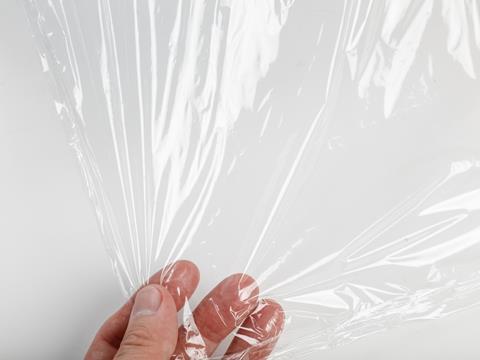
According to a new market report from Smithers, the packaging sector will reach a total value of $1.17 trillion in 2023, with flexible plastics and paperboard set to become the fastest-growing packaging materials in the next five years.
The Future of Global Packaging to 2028 analyses economic, consumer, legislative, and demographic trends to investigate current and future demand for a range of packaging types, end-use applications, and regional and national markets. It asserts that worldwide demand has grown at 5.8% year-on-year between 2018 and 2021. This suggests a strong recovery from the economic upheaval of the COVID-19 pandemic.
Global sales value is expected to reach $1.42 in 2028, increasing at a CAGR of 3.9% in spite of rising input costs and macroeconomic uncertainty. An exclusive study of fifty individual national markets across the globe suggests that most of the increase will stem from organic growth.
In Asia alone, the market is projected to increase by 5.3% year-on-year between 2023 and 2028. As the largest single market in the world, it is anticipated that China will account for 25.3% of the world’s packaging demand, by value, by 2028.
Indonesia, the Philippines, and India are the fastest-developing markets, according to Smithers, with the latter overtaking Germany’s packaging sales for the first time in 2022 and becoming the third largest national market. South and Central America, Africa, and the Middle East are also said to be growing in potential, albeit at a slower rate.
It is thought that, within these regions, higher consumer spending power will back up increased sales for food, healthcare, and cosmetics packaging – leading to rising sales for flexible plastic packaging formats, with a global CAGR of 5.1% set to make plastics the fastest growing packaging material across the next five years. Despite increasing awareness surrounding the challenges of recovering flexible plastics at end-of-life, global sales will apparently increase from $197.7 billion this year to $253.2 billion in 2028.
On another note, paperboard – including corrugated, folding carton, and liquid varieties – accounts for 31.8% of world value, or $373.8 billion, in 2023, according to Smithers. It is currently the largest material segment and is set to grow at a CAGR of 4.2% through to 2028.
Smithers says that this growth is below average in transit segments, yet demand is increasing in e-commerce applications, as well as premium alternatives to plastics for consumer applications in developed regions. The latter is reportedly gaining the most traction in Europe as its single-use plastics legislation is joined by ongoing revisions to the Packaging and Packaging Waste Regulation.
Leading CPG brands are also focusing on improved sustainability for their packaging portfolios across the forecast period, says the report, with many pursuing targets for 2025. This is hoped to inspire global development within the forecast period.
At the same time, demand for recycled plastics is rising, although Smithers asserts that further investment into recycling infrastructure is necessary for its success as a long-term solution. Post-consumer recycled resins will focus on rigid plastics first, the report adds, with a particular focus on PET – yet as advanced recycling capacity at scale becomes more widespread, flexibles and polyolefins will apparently see increasing benefits.
Glass and metal packaging are also expected to undergo further development, yet Smithers predicts that both markets will track beneath the global mean for the next five years in favour of lighter, less energy-intensive materials.
Smithers’ business strategy guide is currently available to purchase at prices of €5,970, £5,250, and $6,750.
In a previous study, Smithers predicted that worldwide demand for fibre-based packaging will reach $503.4 billion in 2027 at a CAGR of 3.4%, while its total weight will rise to 316.3 million tonnes – a 51.9 million tonne increase from 2022.
The company also released a free White Paper in anticipation of the Packaging and Packaging Waste Regulation’s adoption, outlining the changes and their impact across the packaging value chain.
From another perspective, Ceresana released a market report suggesting that one-third of revenues for bio-based adhesives were generated by paper and packaging in 2022. Over the next ten years, it predicts that bio-based adhesives will undergo a 3% growth in Europe.
If you liked this article, you might also enjoy:
The L’Oréal approach to packaging sustainability
The way we talk about plastic needs to change – here’s how to get it right
What steps is Apple taking to make its packaging more sustainable?












No comments yet